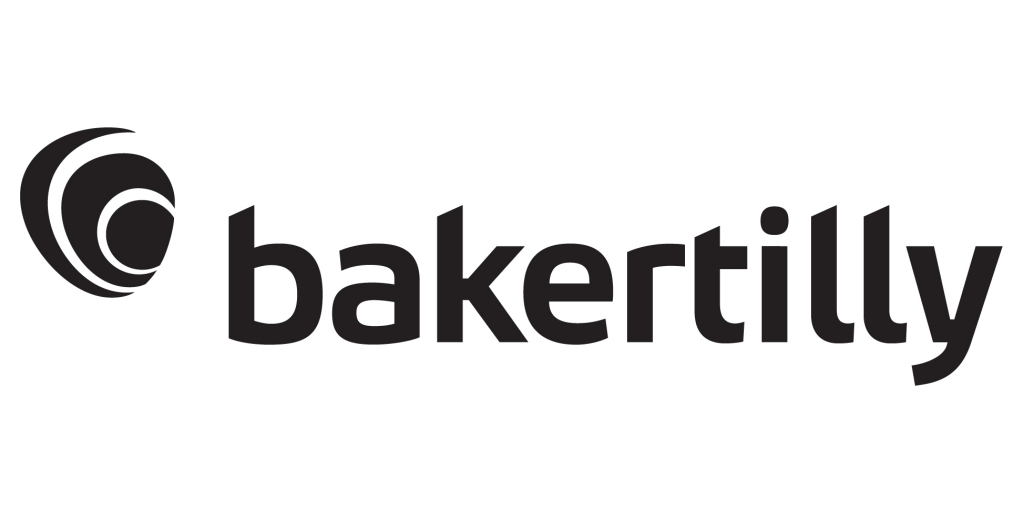Baker Tilly’s Insights on How Senior Living Boards of Directors Can Drive Organizational Excellence in 2024
Authored by Jennifer Schwalm, Mark Ross
The boards of directors for senior living organizations play a crucial role in ensuring financial integrity and operational efficiency. It is imperative for boards to remain attentive to emerging industry trends to proactively address potential challenges and capitalize on opportunities. Being aware of trends enables boards to adapt financial strategies, expansion and repositioning strategies, risk management protocols and compliance measures accordingly. In the rapidly evolving landscape of senior living, factors such as demographic trends, technological advancements and changing healthcare reimbursement and regulatory policies can significantly impact financial health.
By proactively keeping up with industry trends on the horizon, boards of directors can make well informed decisions, enhance long-term financial sustainability, and ensure that senior living organizations are positioned to accomplish their primary objective, which is to provide high quality care to residents while maintaining fiscal responsibility.
Future trends
Staying informed on emerging industry trends allows boards of directors to adapt to changes, anticipate challenges and exploit opportunities. Senior living boards need to be well positioned to address trends and assist organizations as they develop action plans and strategies in response.
Financial stability of the business model
It is essential for boards of directors to assess the financial stability and sustainability of their senior living organizations. Boards should be paying close attention to key financial ratios, occupancy trends, the number of healthcare beds and related utilization, service offerings, workforce matters, consumer preferences, and real estate and economic trends, as these directly impact the organization’s revenue streams and operational viability. Establishing a comprehensive understanding of these components increases the likelihood that the financial statements of the organization, which are periodically analyzed by boards, will accurately reflect the financial position, operating results and cash flows of the organization. The accuracy of financial information produced by any organization is paramount to allowing residents and other stakeholders to make informed conclusions about the organization’s overall fiscal health and strategic direction.
Workforce challenges
Workforce challenges impact overall operational efficiency and quality of care for senior living organizations. The aging population's increasing demand for senior care services increases the strain on the workforce. Additionally, a typical day for direct caregivers in a senior care environment often involves physically and emotionally demanding tasks, contributing to high turnover rates. Workforce shortages and the need for specialized training in geriatric care exacerbate these challenges. Further, the new normal of permanently higher wage rates for certain employees can also create financial hardships for the organization. To address these issues, boards of directors should encourage management to focus on innovative workforce solutions, such as the deployment of robust and engaging training programs; adaptable recruitment and retention initiatives; and strategic workforce planning and scheduling. These actions help to mitigate employee turnover, minimize nurse agency usage, and ensure a sustainable and high-quality care environment. Ultimately, senior living organizations should strive to achieve “employer of choice” status in their market.
Growth strategy
Successfully growing your organization requires thorough planning, risk assessment and financial considerations, all of which demand careful scrutiny by senior living boards of directors. Boards must ensure strategic growth goals align with organizational goals, financial sustainability and compliance standards. Market dynamics may drive the need for certain organizations to focus on diversifying service offerings in response to evolving consumer needs and preferences. Market dynamics may also drive an organization to expand its geographical reach to tap into emerging markets, while elevating the organization’s brand to a broader audience. For other organizations, focusing on core service line competencies in a specific geography may be an appropriate strategy. There is no one size fits all growth strategy for senior living organizations. Developing a growth strategy appropriate for your organization can be a time consuming, significant investment, however, it is an investment that every organization needs to make to ensure its long-term financial viability and relevance for upcoming generations.
Strategic partnerships and affiliations
As senior living organizations increasingly engage in strategic partnerships, boards of directors should ensure that management teams effectively evaluate financial implications, regulatory compliance and overall risks associated with such alliances; this includes assessing the financial health and integrity of potential partners. Additionally, boards of directors can help to ensure management teams establish robust integration plans and reporting mechanisms to effectively monitor the progress and outcomes of strategic partnerships, protecting the interests of senior living organizations and their stakeholders. By examining these activities through an intense financial and risk management lens, senior living boards of directors contribute to the success and sustainability of strategic partnerships, ensuring these collaborations align with organizational goals.
Transforming audit and consulting engagements into strategic insights with Baker Tilly
Baker Tilly’s senior services consulting team strives to help senior services organizations address their most pressing problems now, while anticipating tomorrow by providing custom solutions to clients to establish organizational and financial resiliency. The firm’s consulting services include strategic planning, development advisory services, financial planning and feasibility studies, market research, operational assessments, transaction advisory services, and more.
Further, Baker Tilly’s audit teams use a risk-based model relying on a comprehensive understanding of the senior living industry, client-specific business models and internal controls, and industry-wide best practices when executing audit engagements. Baker Tilly teams use the latest in technology which facilitates a specific focus on certain audit areas, and the execution of audit procedures that produce valuable insights for clients. These insights result in real business conversations as a by-product of the audit process, rather than just compliance related dialogue.
For more insights, visit Baker Tilly’s senior services page.

